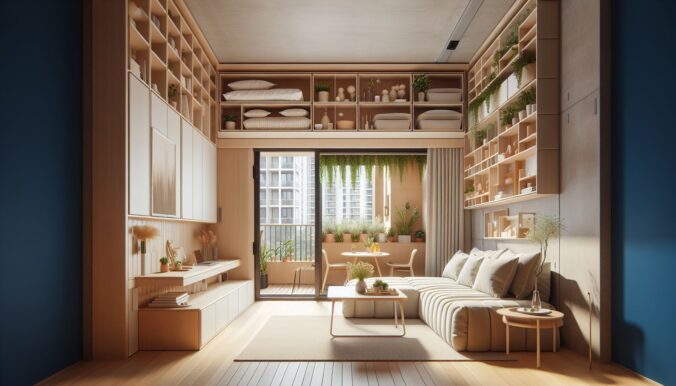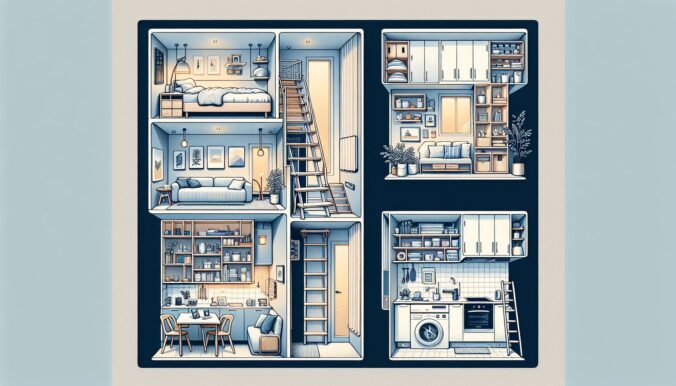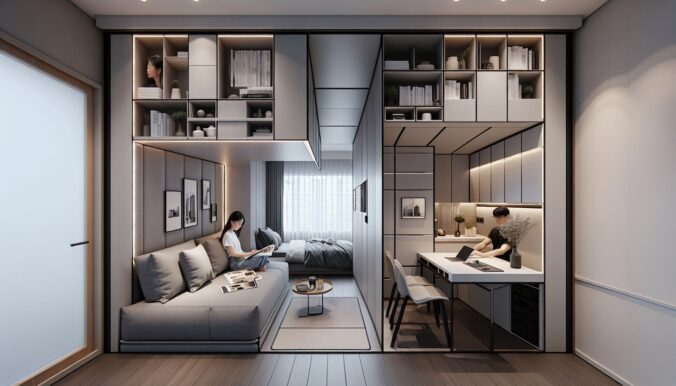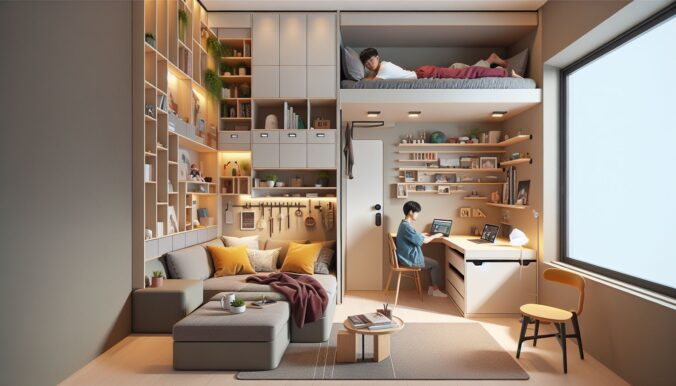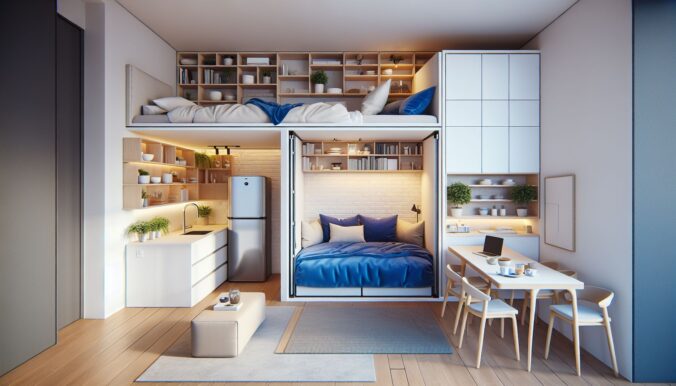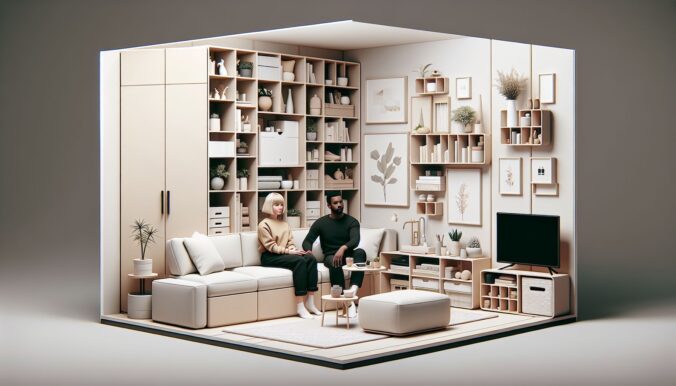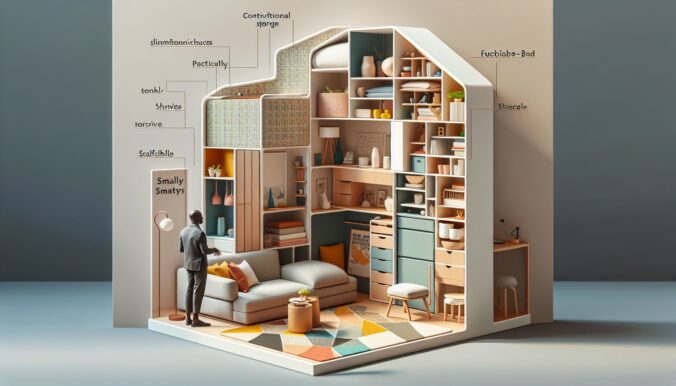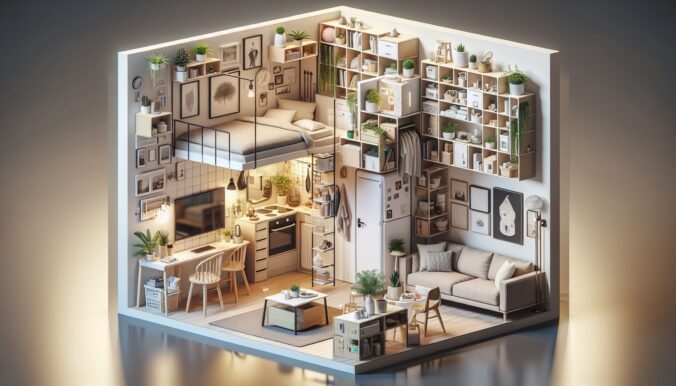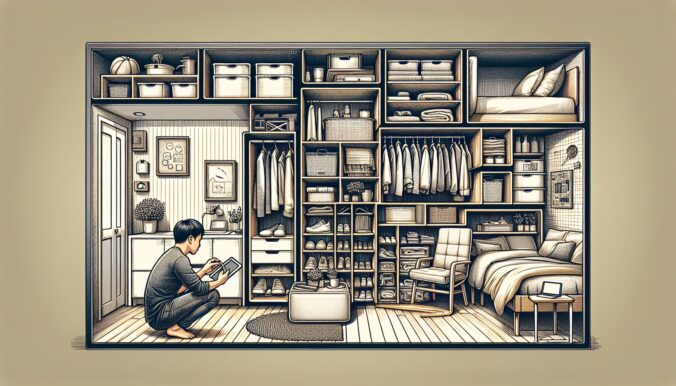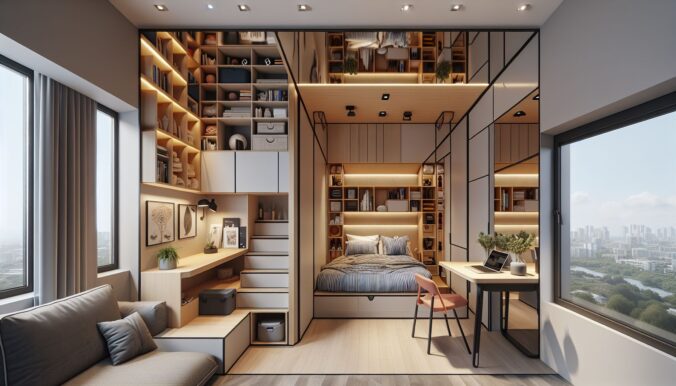Introduction
In today’s world, where many of us are living in small spaces, making the most out of every inch of our homes has become essential. Whether you’re a city dweller in a tiny apartment or a homeowner looking to optimize space, there are plenty of ways to make your space feel bigger and more functional. In this blog post, we’ll explore practical interior tips and strategies to help you efficiently utilize and maximize your small space. From clever storage solutions to design tricks, we’ve got you covered.
Body
1. Multi-Functional Furniture
Investing in multi-functional furniture is key when it comes to maximizing small spaces. Look for pieces that serve more than one purpose, such as a sofa that can convert into a bed, a coffee table with hidden storage, or a dining table that can fold down when not in use. These versatile pieces not only save space but also add functionality to your home.
2. Vertical Storage
When floor space is limited, it’s time to think vertically. Utilize wall space for shelving, cabinets, and hooks to store items off the ground. Floating shelves are a great way to display decor without taking up valuable floor space, while wall-mounted hooks can hold coats, bags, and accessories. Make use of the height of your walls to create storage solutions that keep clutter at bay.
3. Light Colors and Mirrors
Light colors can make a space feel larger and more open. Opt for white or pastel hues on walls, furniture, and decor to create an airy atmosphere. Additionally, using mirrors strategically can reflect light and visually expand a room. Place mirrors across from windows to bounce natural light around the space, making it feel brighter and more spacious.
4. Dual-Purpose Rooms
If you have limited square footage, consider combining rooms to maximize space. A living room that doubles as a home office, a bedroom with a study nook, or a kitchen with a dining area can all make efficient use of space. By delineating different areas with furniture or room dividers, you create distinct zones while maintaining a cohesive flow throughout the space.
5. Strategic Lighting
Good lighting can make a big difference in a small space. Incorporate a mix of overhead lighting, task lighting, and ambient lighting to create a well-lit and inviting atmosphere. Avoid harsh overhead lights and instead opt for softer, diffused lighting to make the space feel cozy and welcoming. Table lamps, floor lamps, and wall sconces can all add warmth and depth to a small room.
6. Clever Storage Solutions
When space is limited, organization is key. Make use of under-bed storage, door-mounted organizers, and drawer dividers to keep belongings tidy and easily accessible. Utilize every nook and cranny, from the back of doors to the tops of cabinets, to store items efficiently. Consider custom-built storage solutions that are tailored to your specific needs and space constraints.
7. Downsizing and Decluttering
One of the most effective ways to maximize a small space is by decluttering and downsizing. Pare down your possessions to the essentials and let go of items that are not adding value to your life. Donate or sell items that no longer serve a purpose, and keep only what you truly need and love. By simplifying your space, you create a more open and streamlined environment.
Conclusion
Maximizing small spaces requires a mix of creativity, organization, and strategic design choices. By incorporating multi-functional furniture, vertical storage solutions, light colors, and mirrors, you can create a more spacious and efficient home. Consider combining rooms, utilizing strategic lighting, and investing in clever storage solutions to make the most out of every inch. Remember to declutter and downsize to keep your space organized and functional. With these practical interior tips and strategies, you can transform your small space into a stylish and comfortable oasis.
